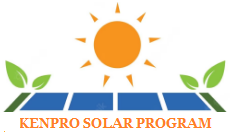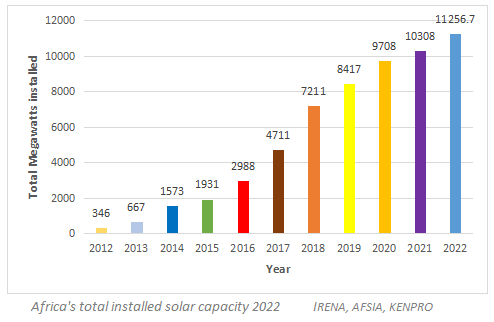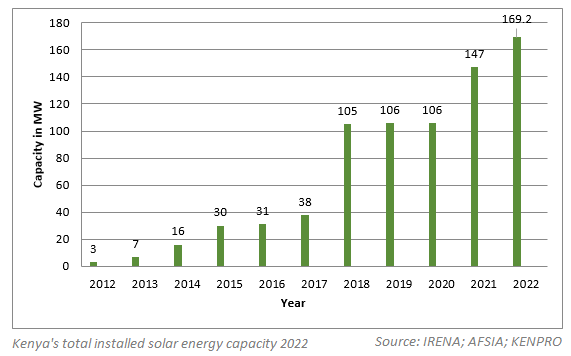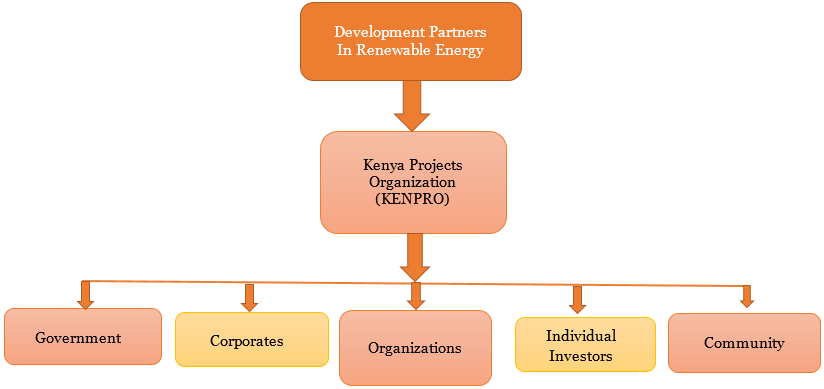Background
Global demand for renewable energy sources including solar, biogas among other green energy sources is expected to rise as the world adapts to the changes in climate. According to Bloomberg New Energy Finance, by 2030 renewable energy will account for 65% of the $7.7 trillion in power investment.
Africa has a huge solar energy investment potential. In 2020, 733 million people were still without power. In most African countries, off-grid solar solutions are the most important technology to enhance Sustainable Development Goal 7 progress in the near future. High-level study shows that off-grid solar technologies are anticipated to be the least expensive option for 41% of new household connections between 2020 and 2030, on a trajectory to attain universal access to energy.
In essence, Africa hosts about 1% of the total global solar energy capacity installed. By 2022, Africa had a total of about 11,000 MW (11GW) of installed solar energy capacity compared to world’s 1,000 GW. The figure below shows Africa’s total installed solar energy capacity from 2012 to 2022.
South Africa and Egypt are the two leading African countries in solar energy capacity with 57% and 16% respectively. Kenya accounts for only 1% of Africa’s solar energy capacity (IRENA, 2021). Over the span of a decade, the solar energy sector in Kenya witnessed significant growth in capacity. Starting at a modest 3 MW in 2012, the capacity gradually increased to 7 MW in 2013 and further surged to 16 MW in 2014. The following years showed a steady upward trend, with the capacity reaching 30 MW in 2015 and 31 MW in 2016. The growth continued as the capacity in 2017 was 38 MW and experienced a remarkable growth to 105 MW in 2018. From 2019 to 2020, the capacity remained relatively stable at around 106 MW, indicating a consistent reliance on solar energy. However, in 2021, there was a substantial increase, reaching 147 MW, followed by a significant rise of approximately 169.2 MW of Kenya’s total installed solar energy capacity by 2022. However, this figure excludes residential solar installations. The figure below shows estimated installed solar energy capacity between 2012 and 2022 in Kenya.
In 2022, Kenya had a 169.2 MW of total installed solar energy capacity. See the figure below.
Program Goal
Kenpro Solar Program (KSP) is intended to advance the principal aim of Sustainable Development Goal 7, namely to ensure access to affordable, reliable and sustainable energy for all.
Program Objectives
- To partner with development partners in renewable energy sector to ensure affordable and sustainable access to energy in Kenya and the region;
- To conduct market research in renewable energy sector to inform the industry players and policy makers on market trends for their strategic objectives.
Program Approach/ Model
KSP approach is to work in partnership with global development partners in Energy sphere, government, corporates, organizations, individual investors and community to ensure affordable and sustainable access to energy in Kenya and the region. Kenpro Solar Program model is illustrated as shown in the figure below.
We continue to seek strategic partnerships. To partner with KENPRO to realize the objectives of this program, kindly CONTACT US or reach +254 725 788 400




